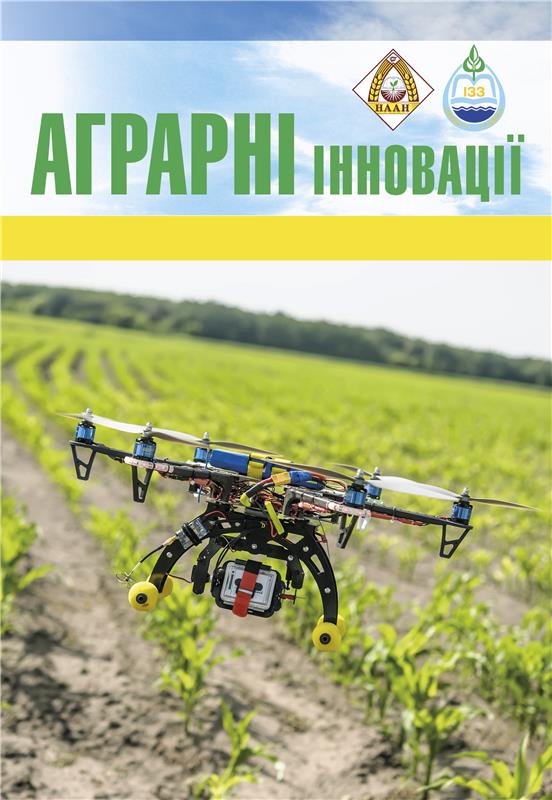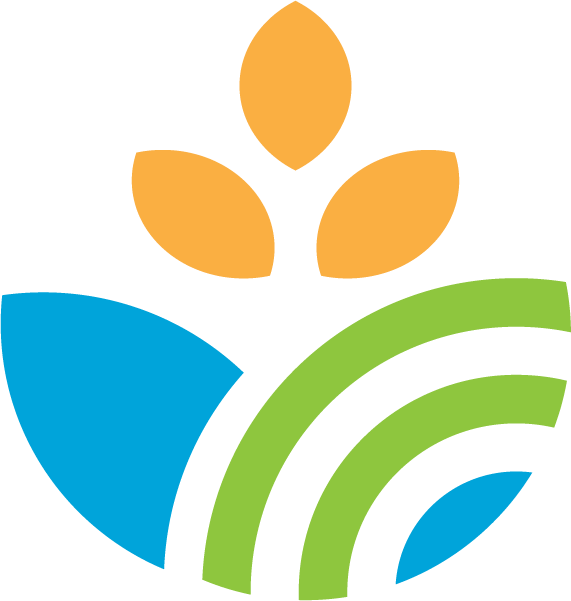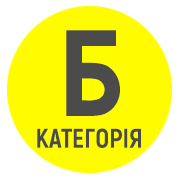PRODUCTIVITY OF MODERN SUNFLOWER HYBRIDS DEPENDING ON THE SOWING TIME IN THE FOREST-STEPPE OF UKRAINE
Abstract
The aim of the research was to establish the optimal sowing time of sunflower hybrids to increase their yield and quality. The article presents the results of three years of research on the influence of sowing dates on the productivity of modern sunflower hybrids in the Forest-Steppe of Ukraine. It has been established that sowing time is a key agronomic factor that significantly affects yield, seedquality, and plant resistance to diseases. The research evaluated the performance of two hybrids – NC Neoma and Rimi 2 – at three sowing dates: April 20, May 2, and May 12. The results showed that for the NK Neoma hybrid, sowing dates significantly affect the level of disease damage: late sowing dates reduce the risk of infection with diseases such as phomosis, white rot and septoria. The maximum level of damage was recorded at early sowing dates (April 20), which is due to unfavorable conditions for seed germination and early plant development. At the same time, hybrid Rimi 2 demonstrated high genetic resistance to major diseases, regardless of sowing time. No cases of phomosis and white rot were recorded in this hybrid during the research. The sunflower yield also depended on the sowing time. The maximum yield (4.3 t/ha) was provided by the Rimi 2 hybrid when sown on May 2, which is due to optimal soil temperature conditions for active plant growth and development. Instead, the NC Neoma hybrid showed lower yields at early sowing dates due to disease damage and at late sowing dates due to a shorter growing season.In addition, sowing dates affected the oil content of seeds, which was the highest (50.5%) in the hybrid Rimi 2 when sown on May 2. At early and late sowing dates, this indicator was lower. The optimal sowing date for both hybrids was May 2, when soil temperature conditions are most favorable for seed germination, plant development and the formation of high yields and seed quality. It is concluded that compliance with the recommended sowing dates and the use of high-performance hybrids is the basis for increasing sunflower yields in the forest-steppe of Ukraine.
References
2. Shabir H. W., Hitesh K. S., Vikas G. Present status and future prospects for heterosis breeding in sunflower (Helianthus annuus L.). Asian Journal of Science and Technology. 2010. № 2. P. 49–54.
3. Adalatzadeh-Aghdam S., Toorchi М., Shakiba М. Heterosis investigation of sunflower (Helianthus annuus L.) by two-dimensional electrophoresis. International Journal of Biosciences. 2014. № 4. P. 70–78.
4. Соняшник: екологічні шляхи оптимізації його живлення : монографія / Є. О. Домарацький та ін. Херсон : Олді-плюс, 2020. 160 с.
5. Тоцький В. М. Вплив строків сівби на формування елементів продуктивності та врожайності соняшнику. Вісник Полтавської державної аграрної академії. 2009. № 1. С. 122–124.
6. Шляхи оптимізації водоспоживання соняшника високоолеїнового типу за умов зміни клімату / Є. О. Домарацький та ін. Аграрні інновації. 2022. № 10. С. 34–41. URL : https://doi.org/10.32848/ agrar.innov.2021.10.6
7. Піньковський Г.В., Танчик С.П. Вплив строків сівби та густоти стояння на урожайність рослин соняшника у правобережному Степу України. Таврійський науковий вісник. 2018. № 107. С. 75–82.
8. Технології біовиробництва (на основі біотехнологій) : навч. посіб. / Лісовий М.М. та ін. Житомир : ЖНАЕУ, 2018. 240 с.
9. Boltyanskyi B. Research of the cereal materials micronizer for fodder components preparation in animal husbandry. Modern Development Paths of Agricultural Production. Springer Nature Switzerland AG. 2019. Рр. 249– 258.
10. Димитров С. Г. Формування продуктивності гібридів соняшнику залежно від елементів технології вирощування. Наукові праці Інституту біоенергетичних культур і цукрових буряків. 2015. № 23. С. 19–23.






